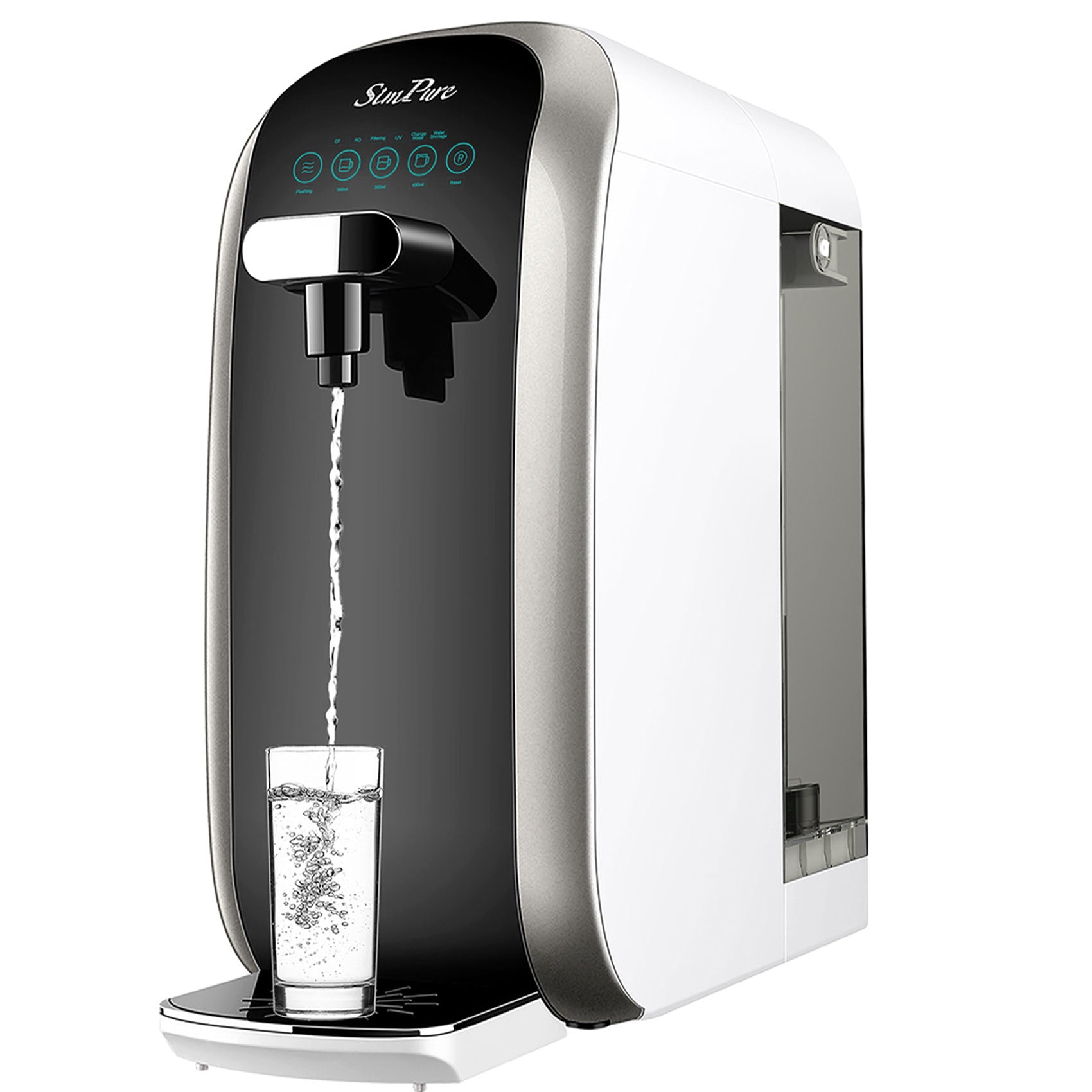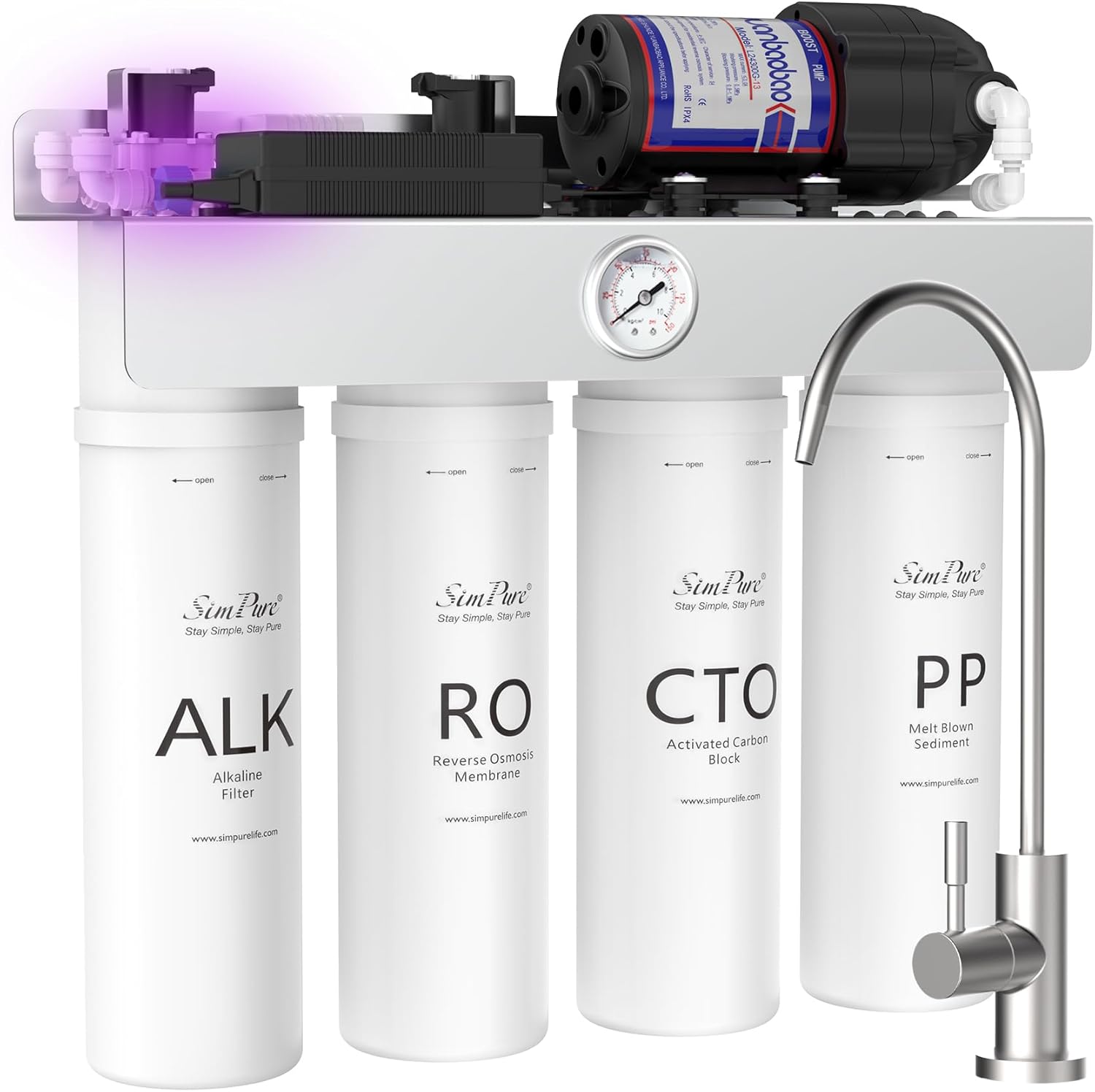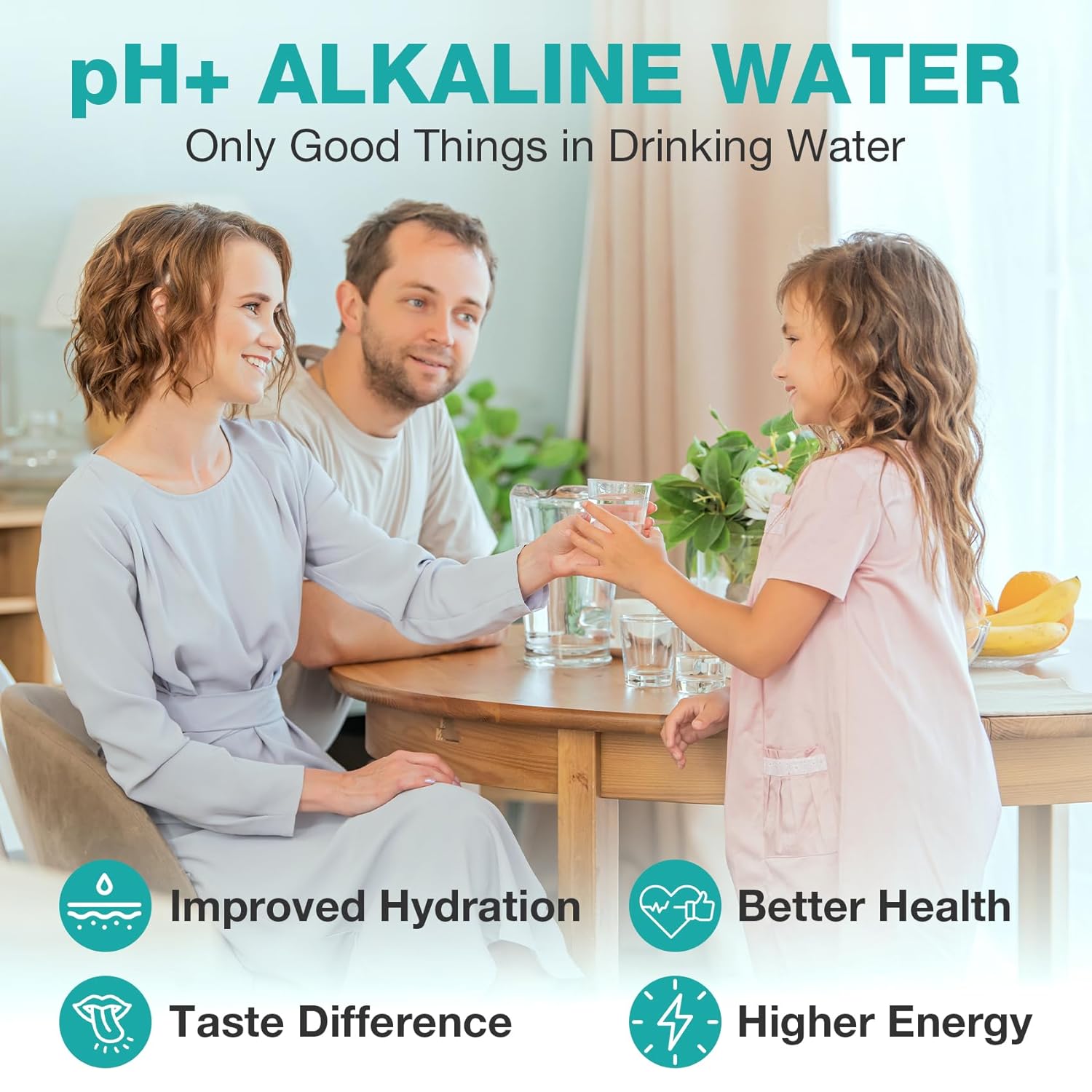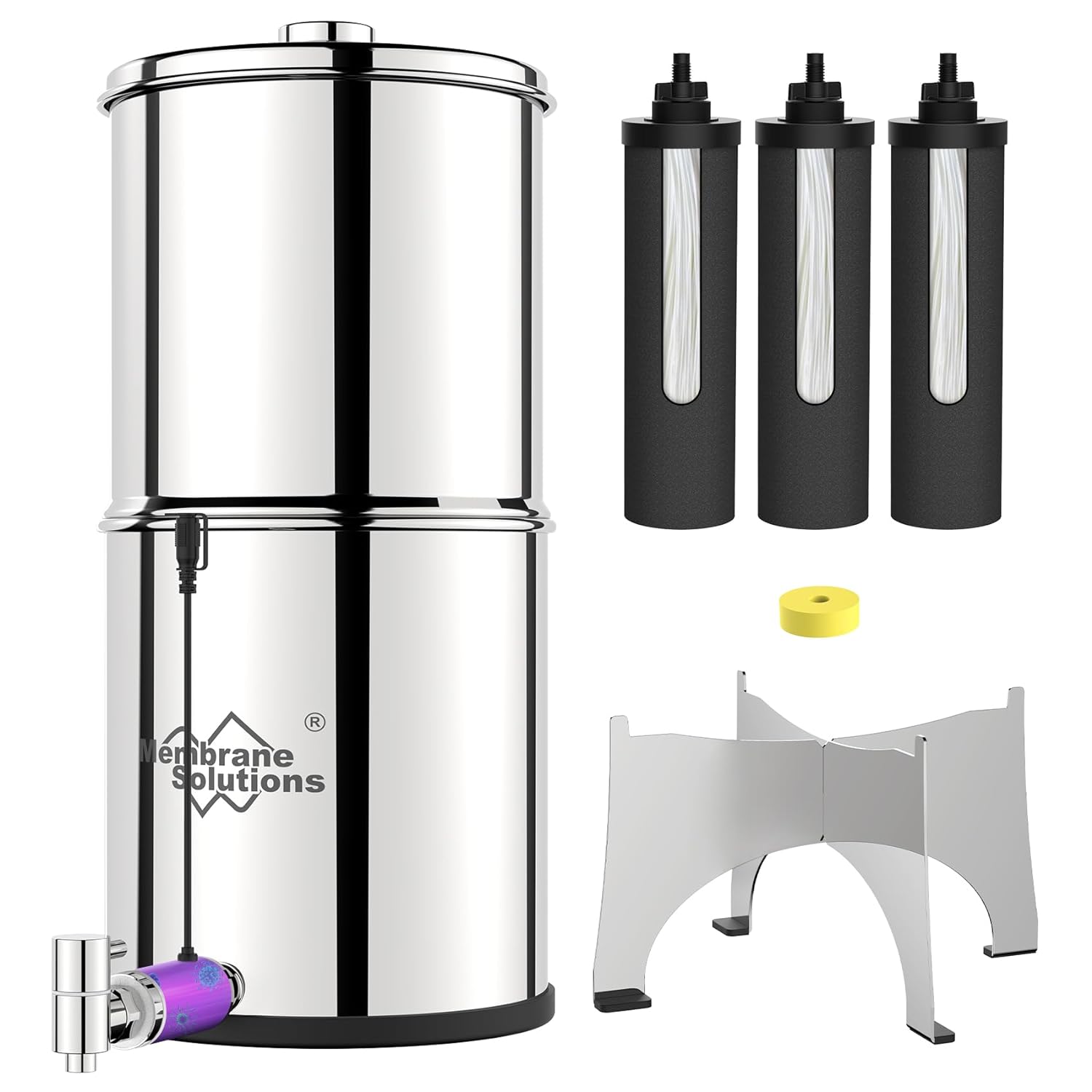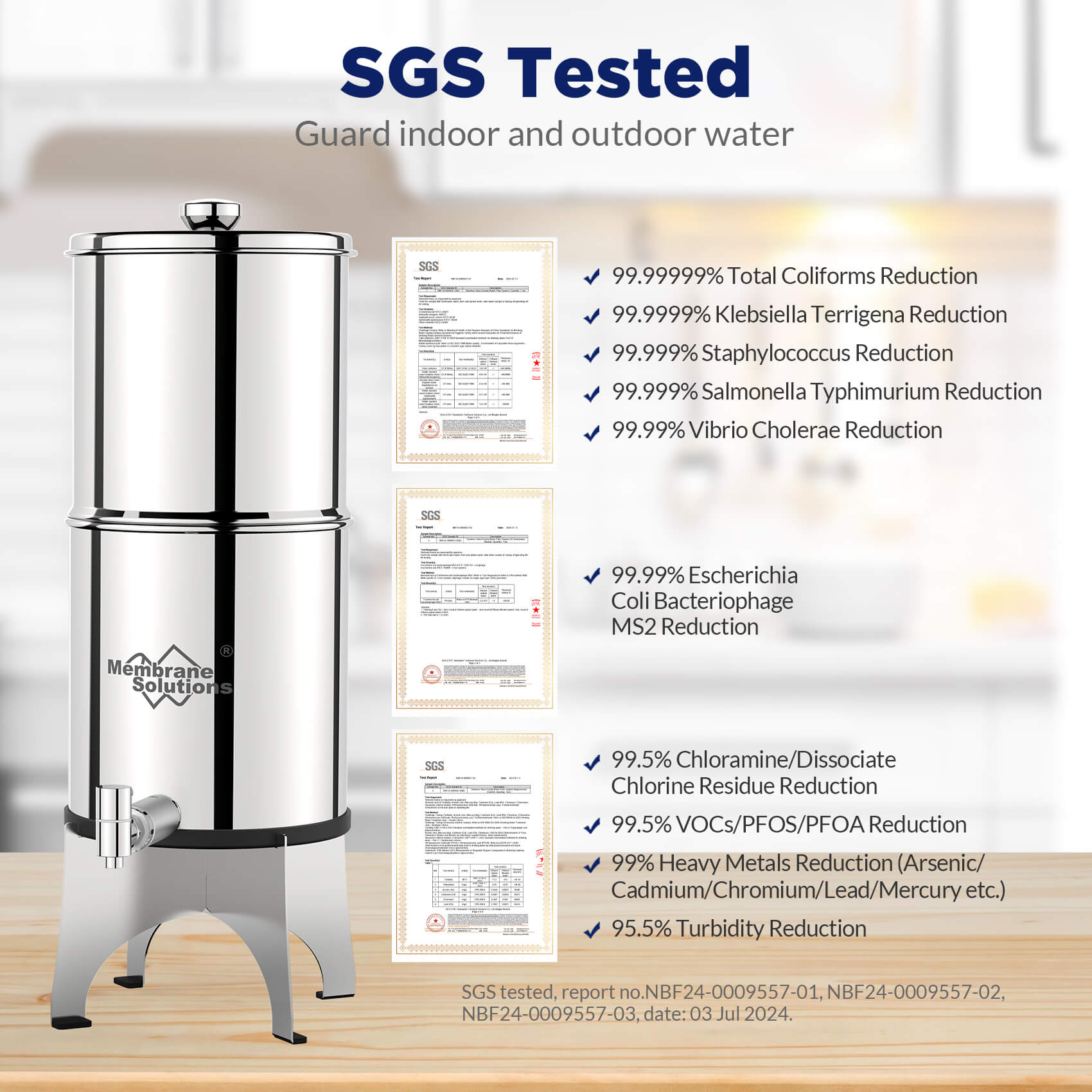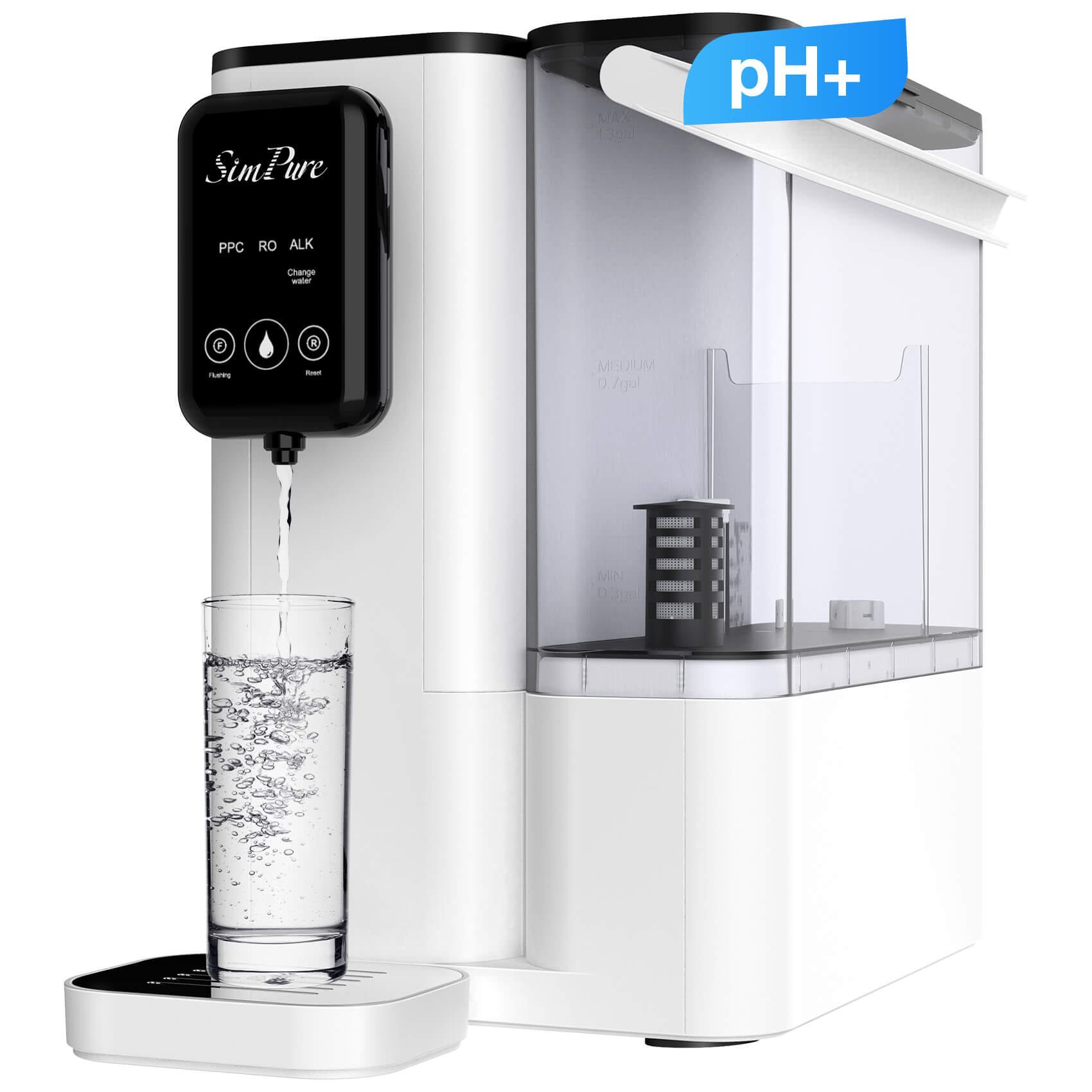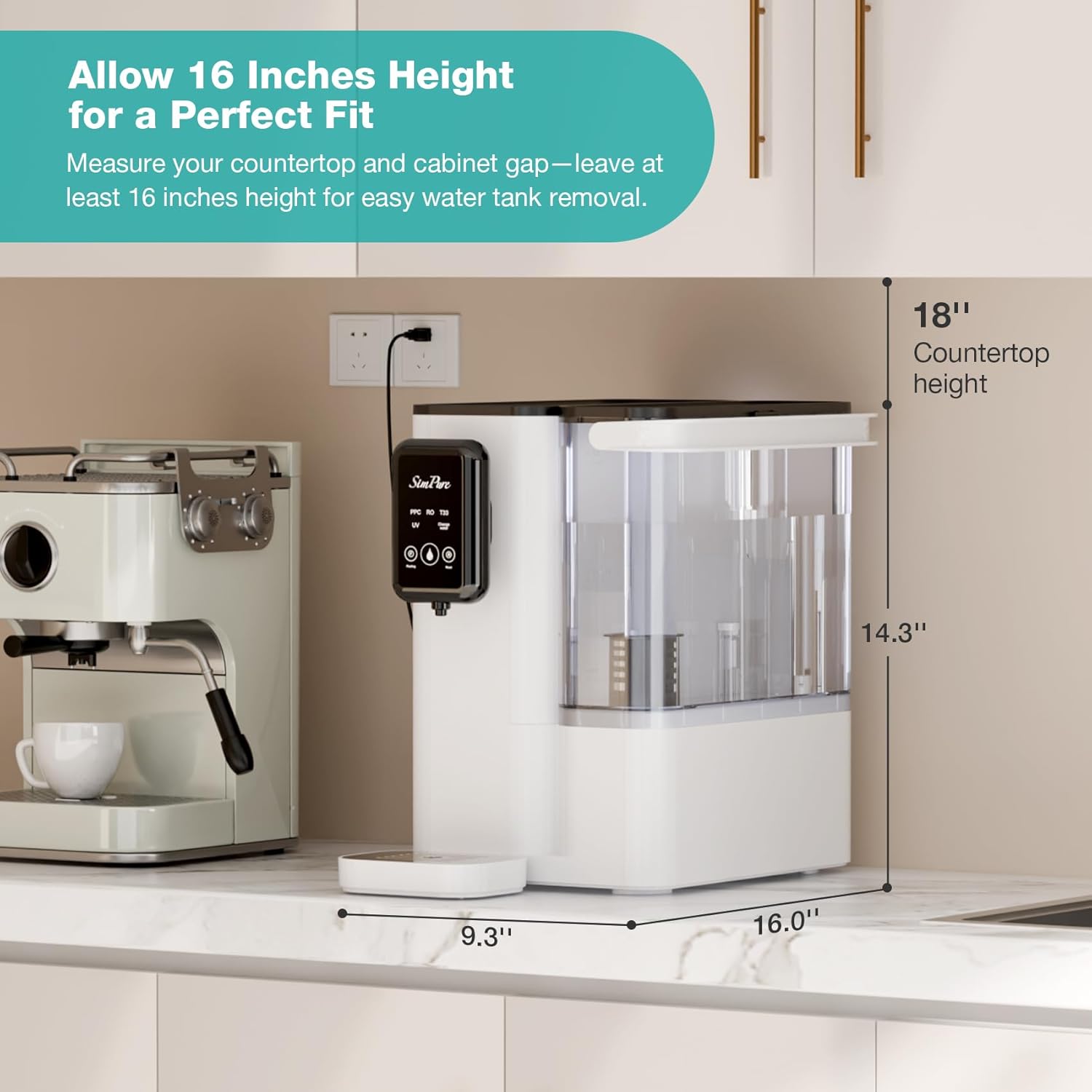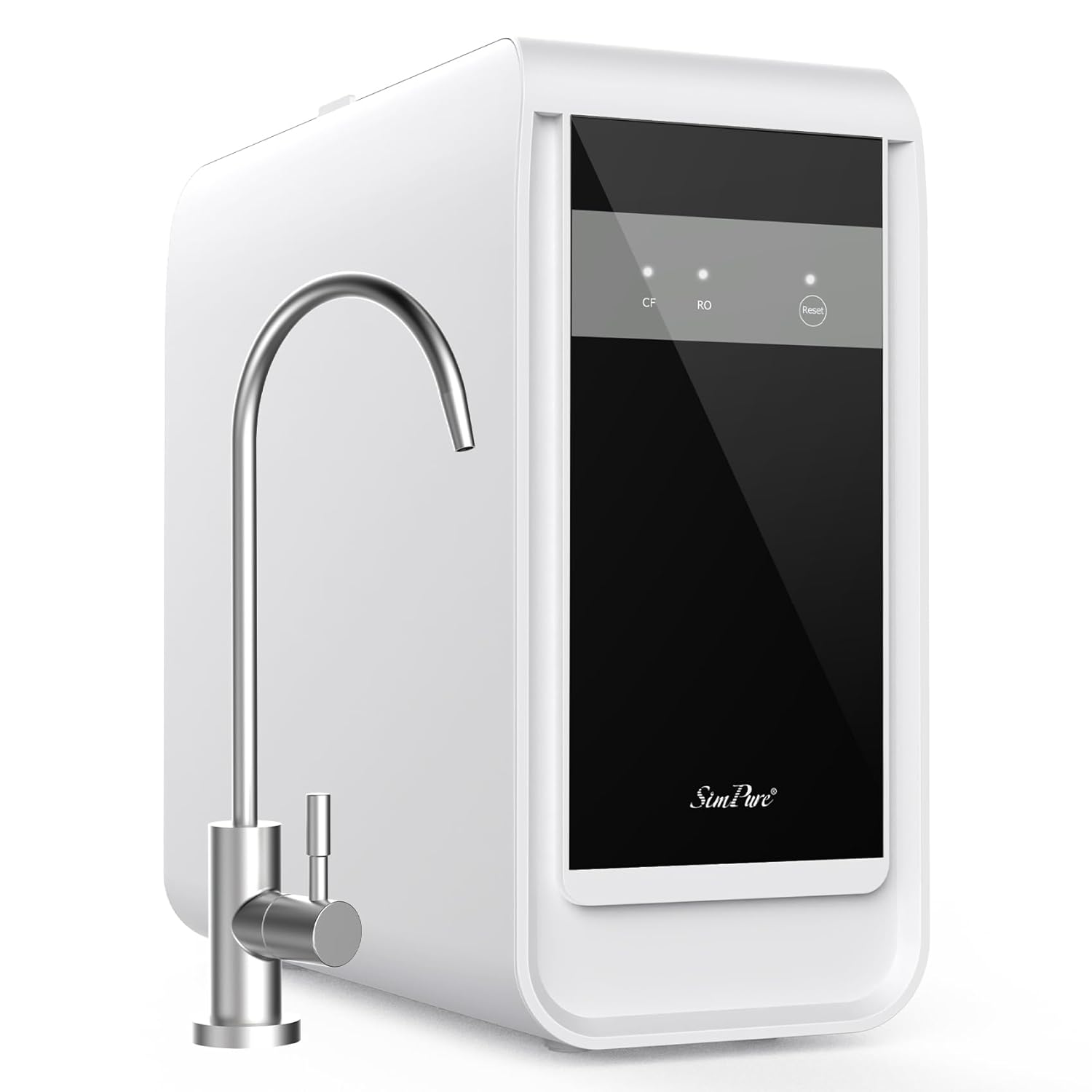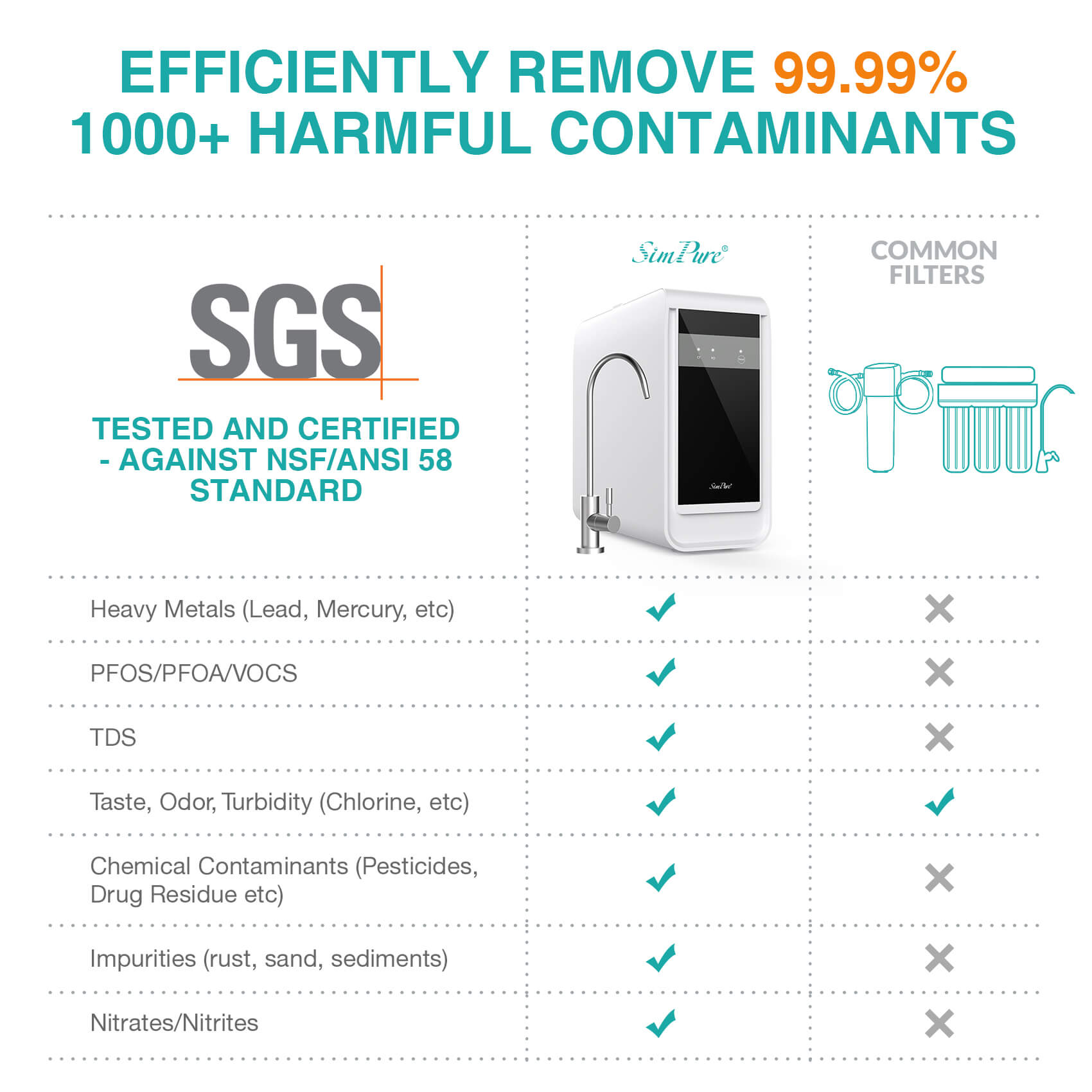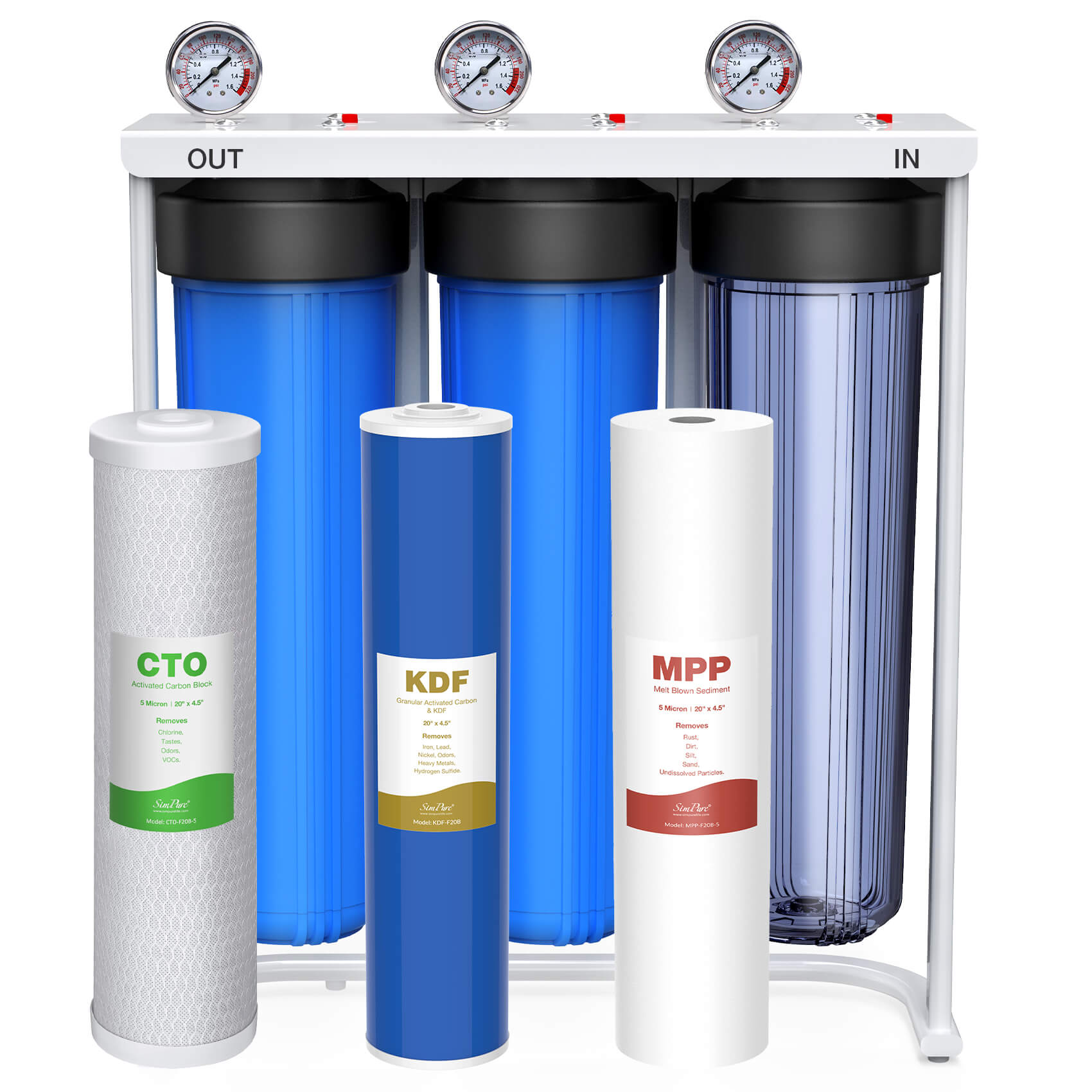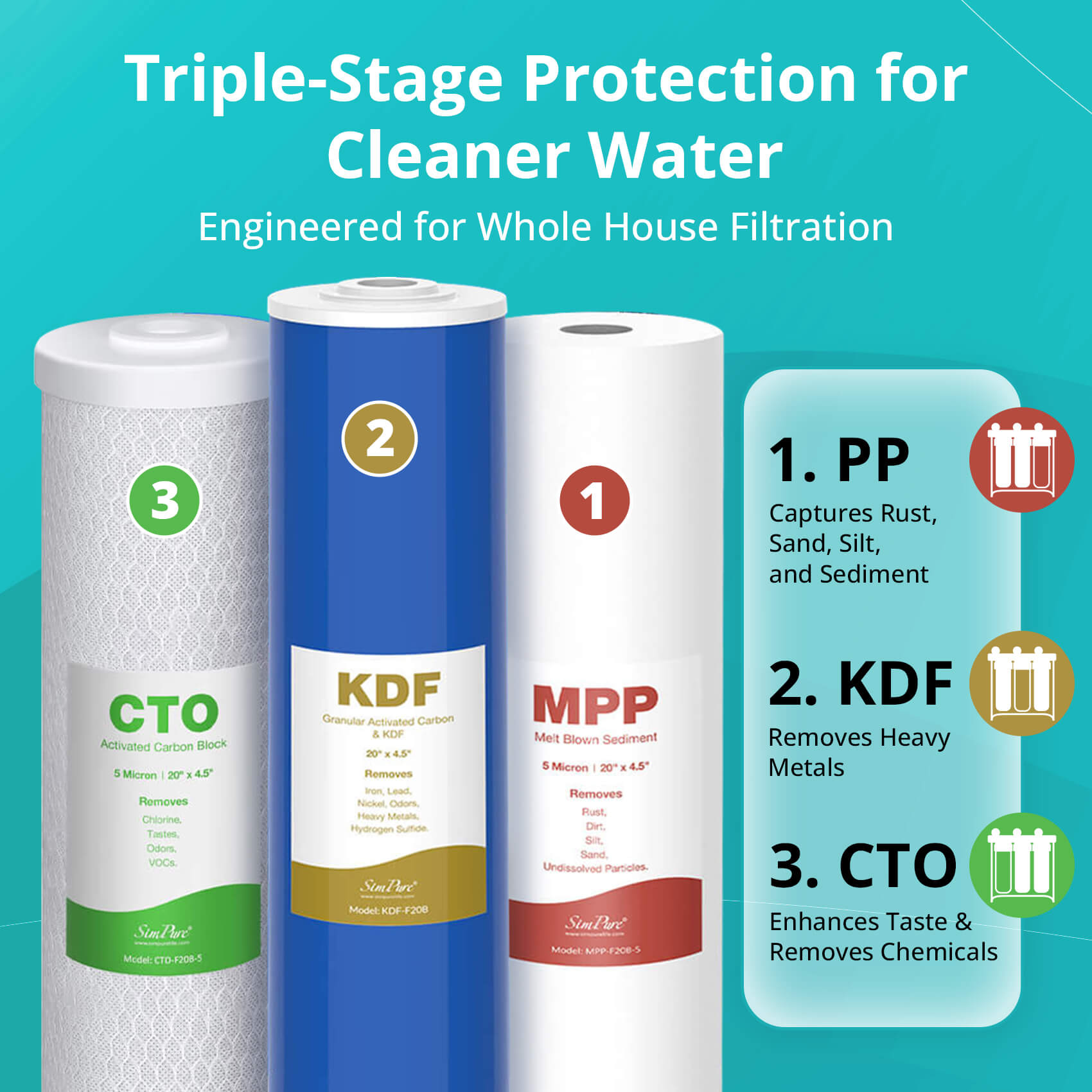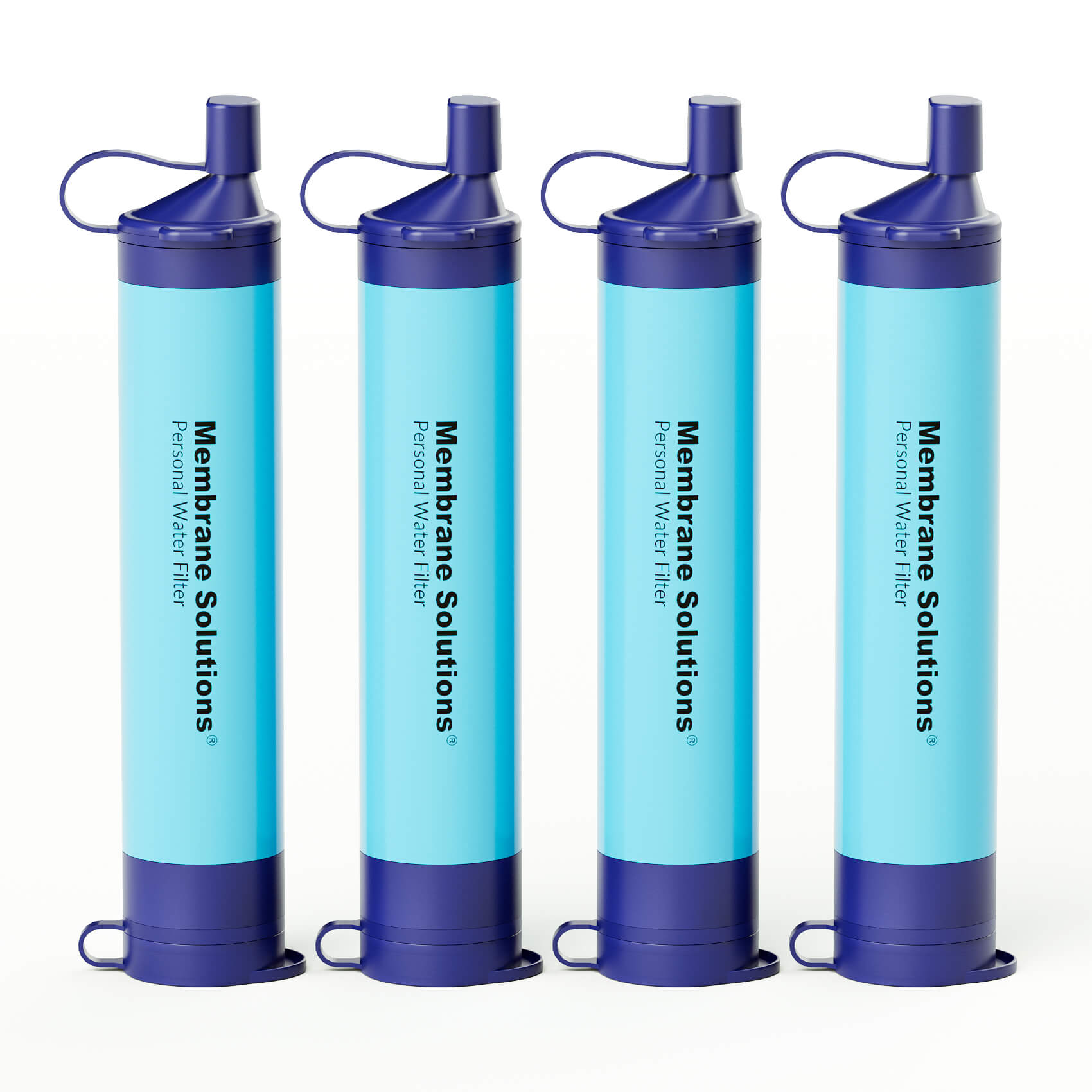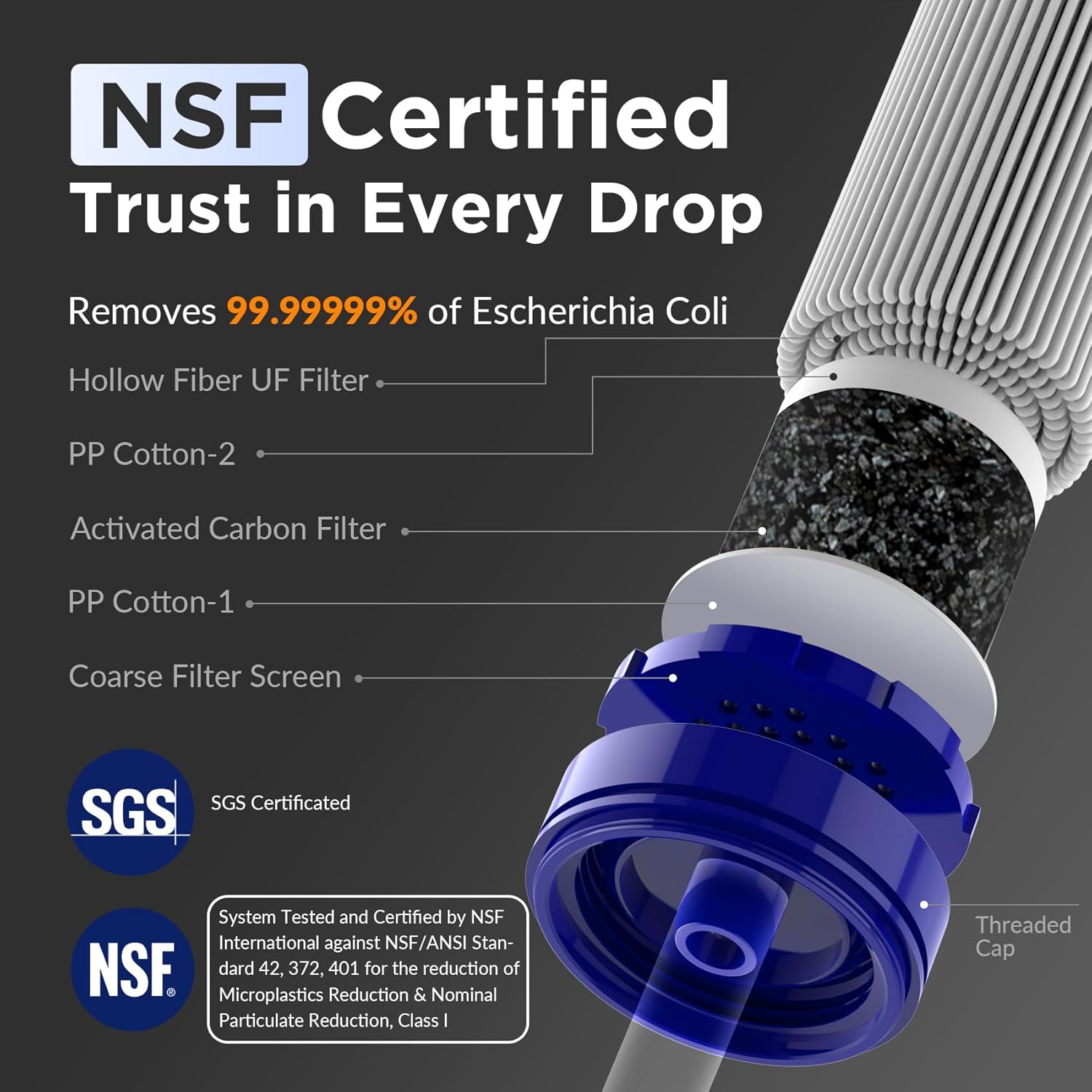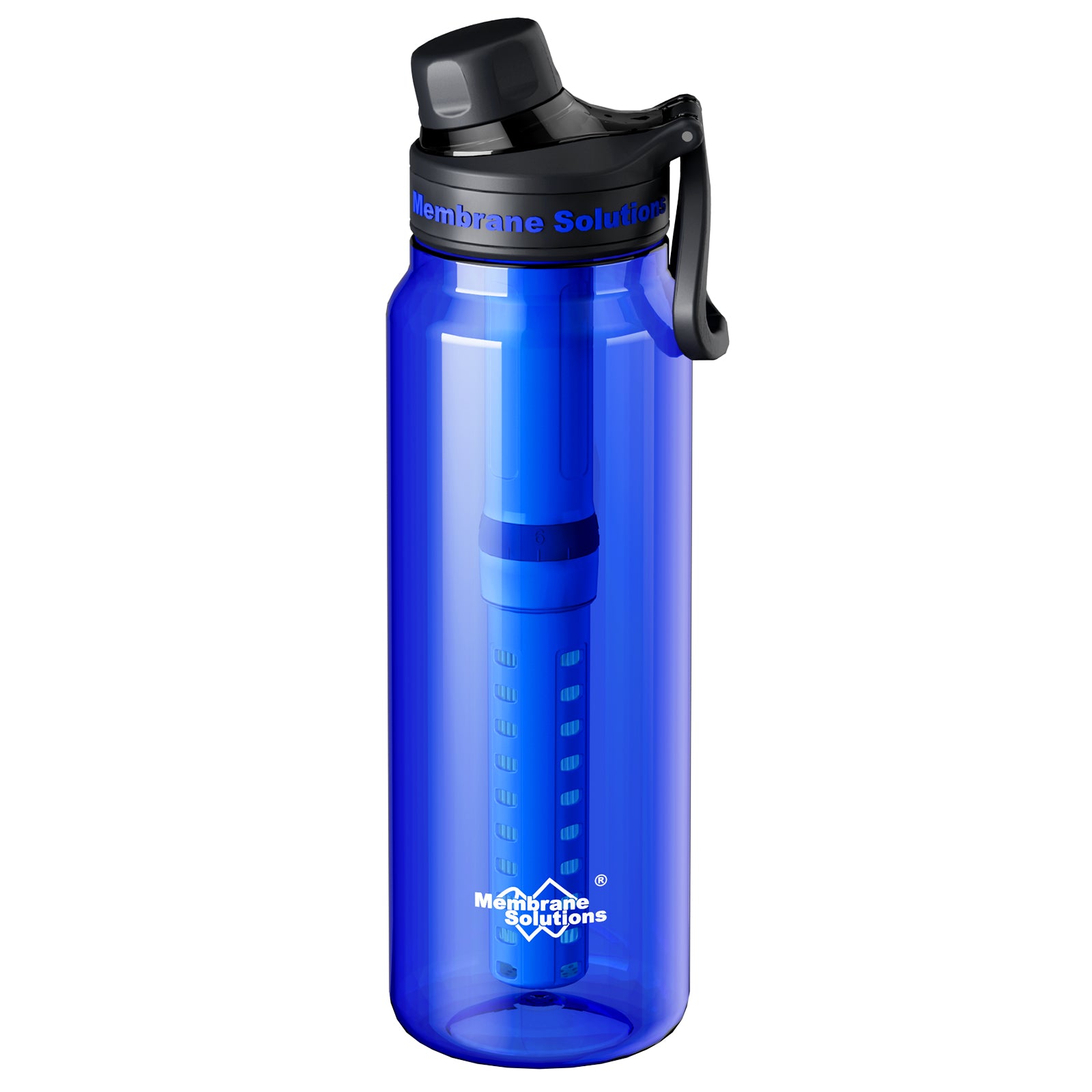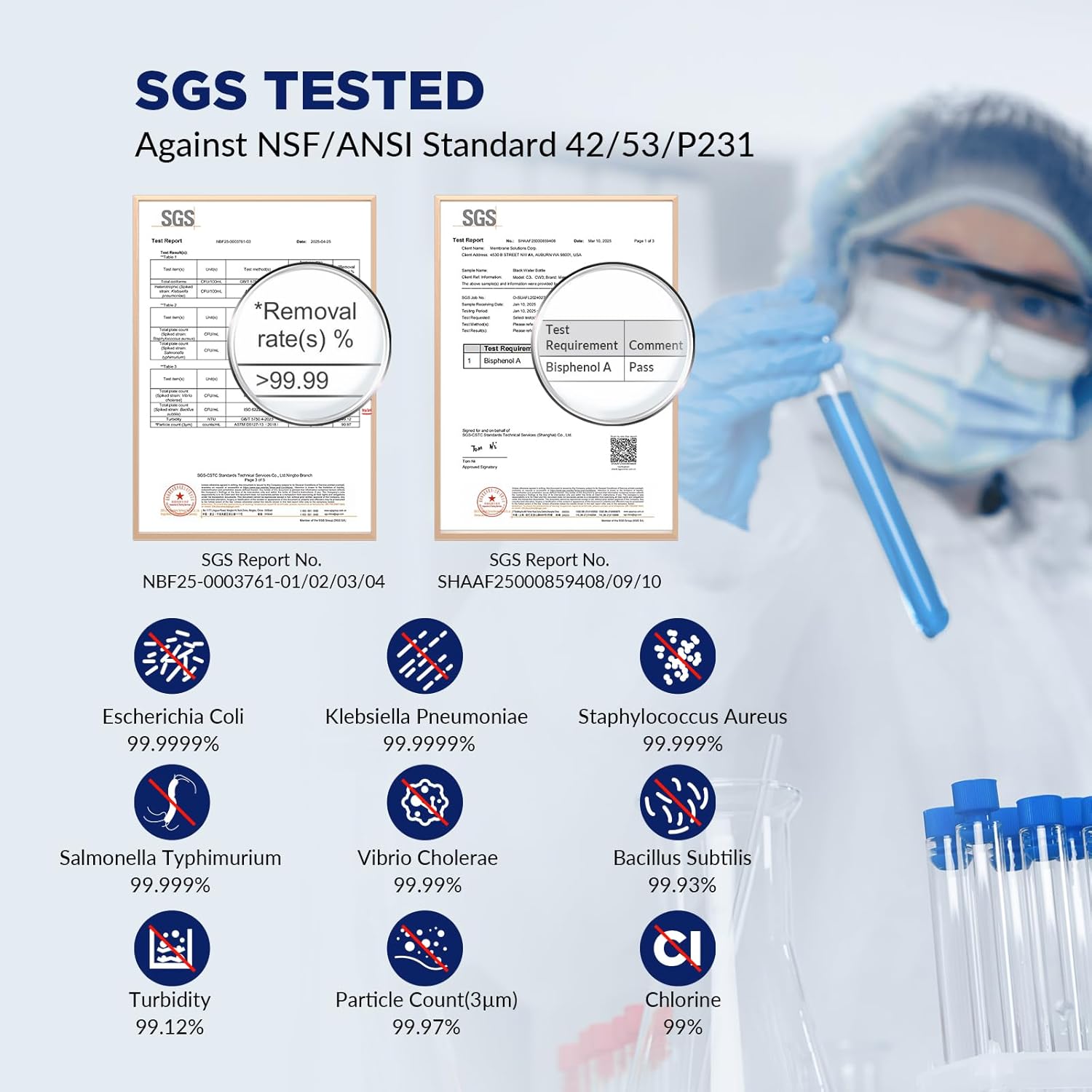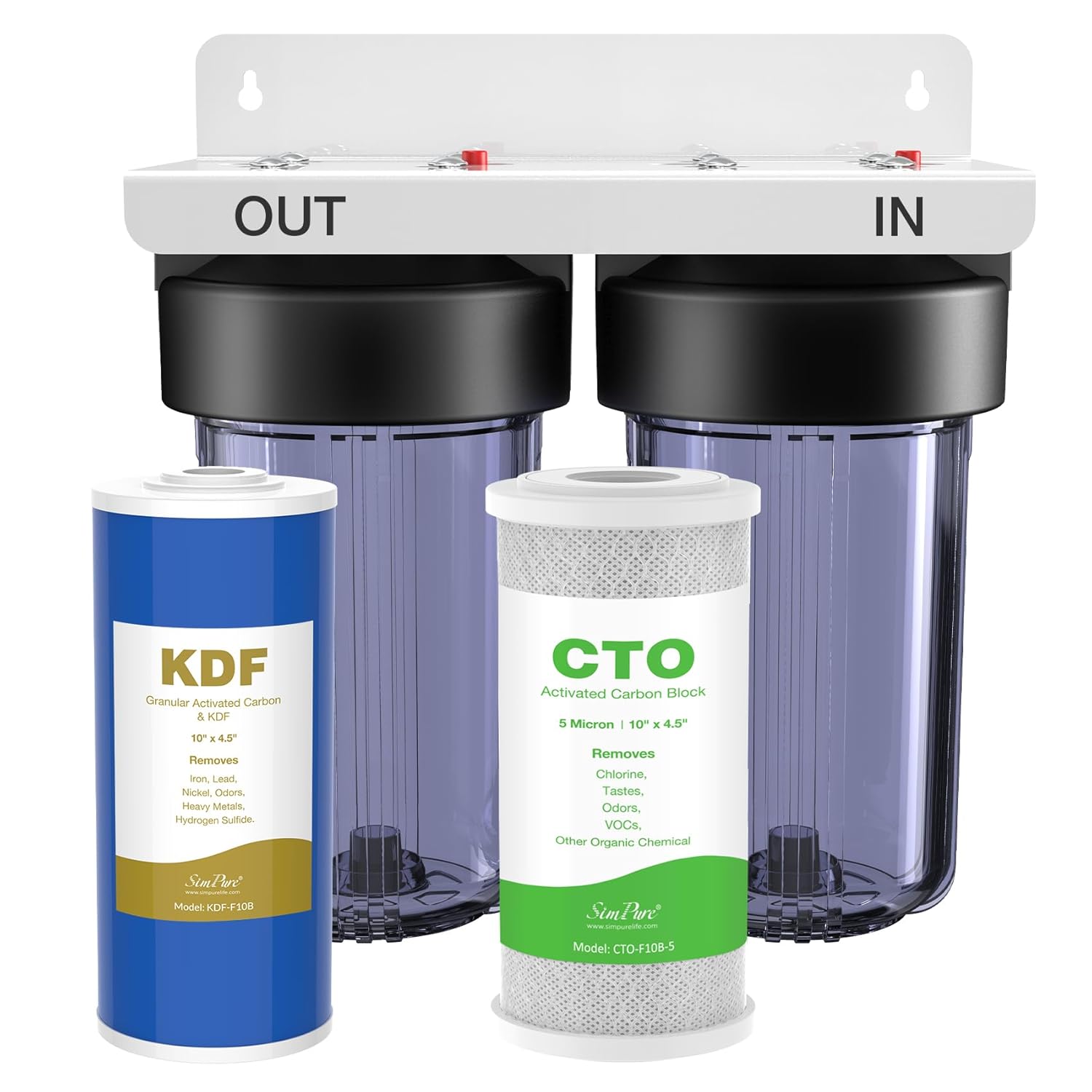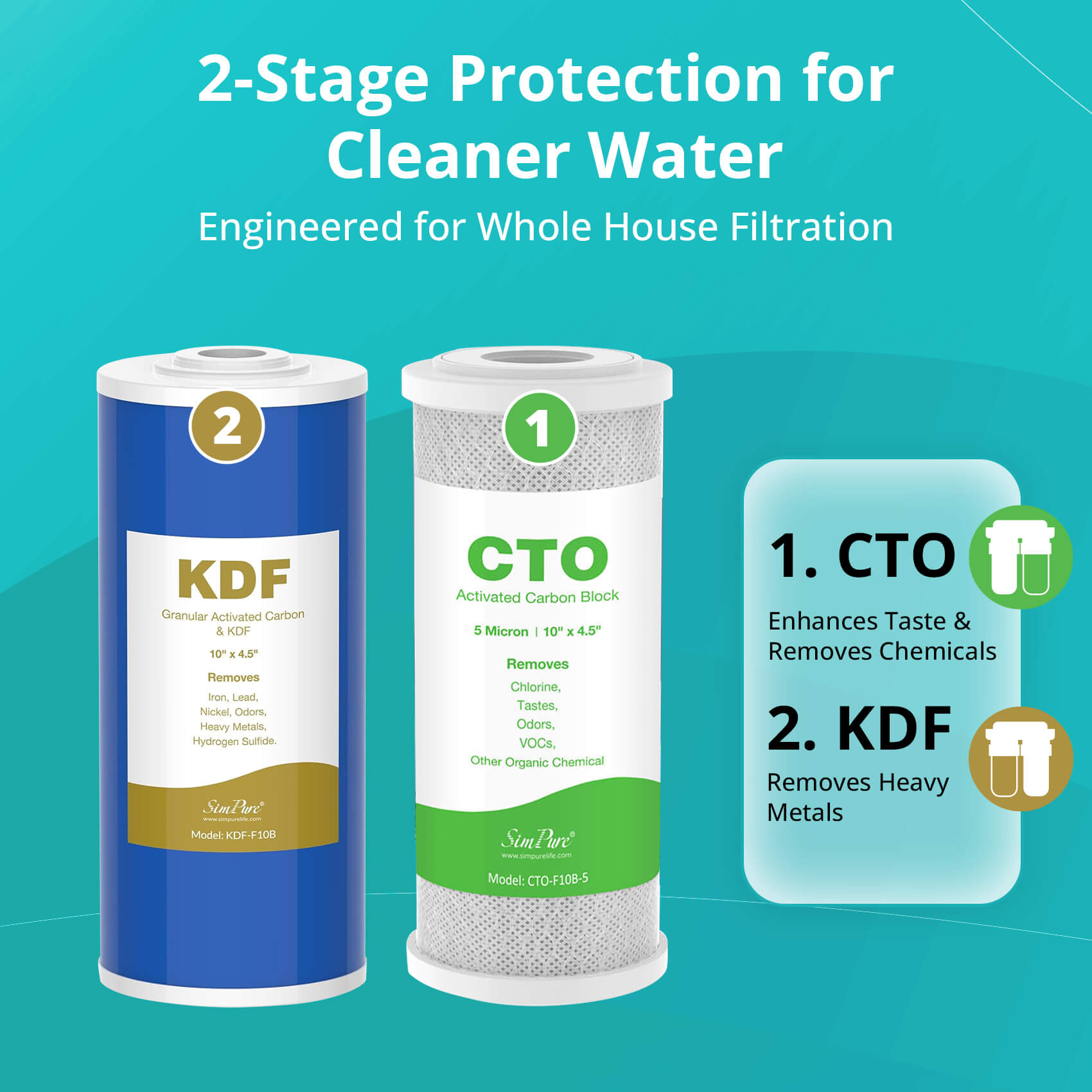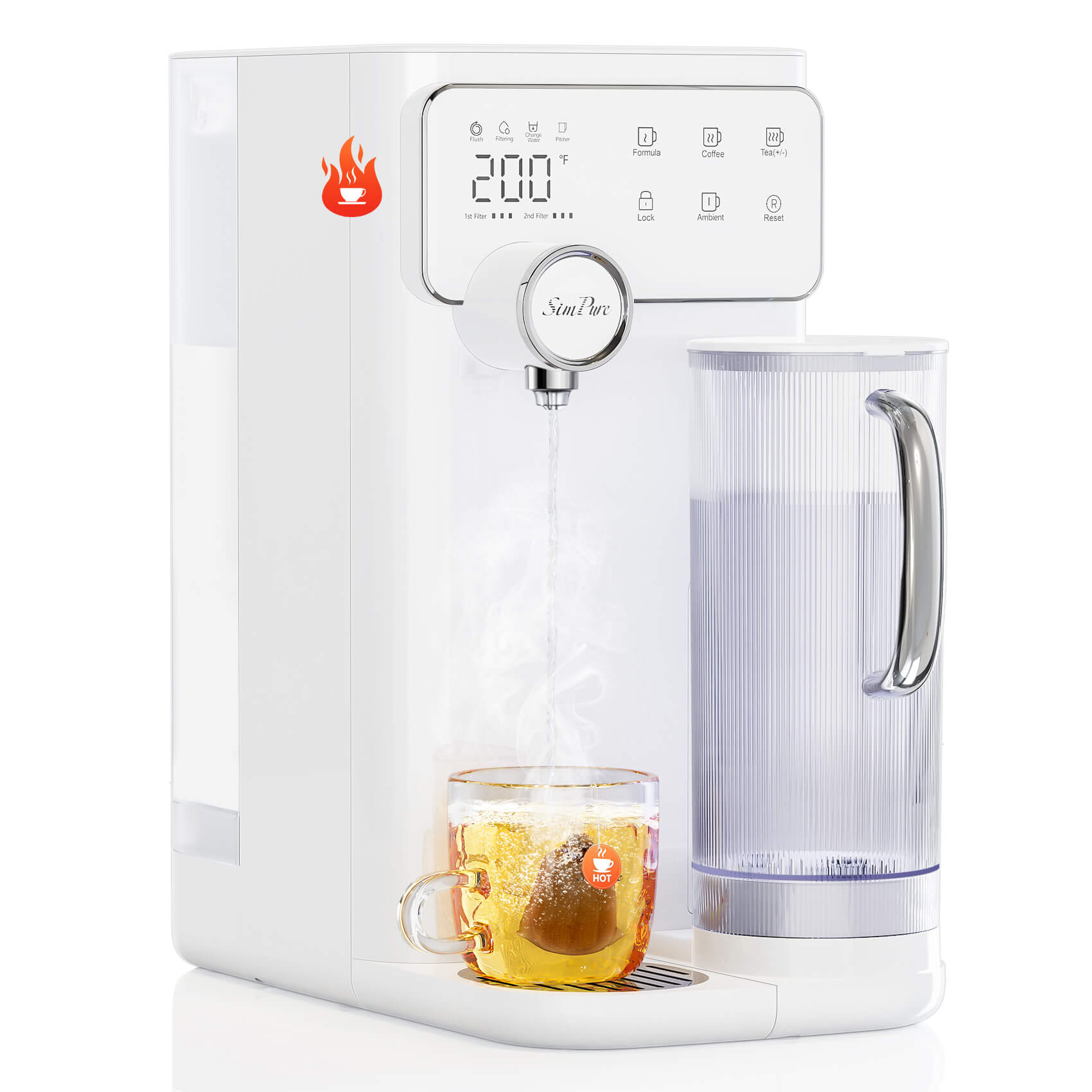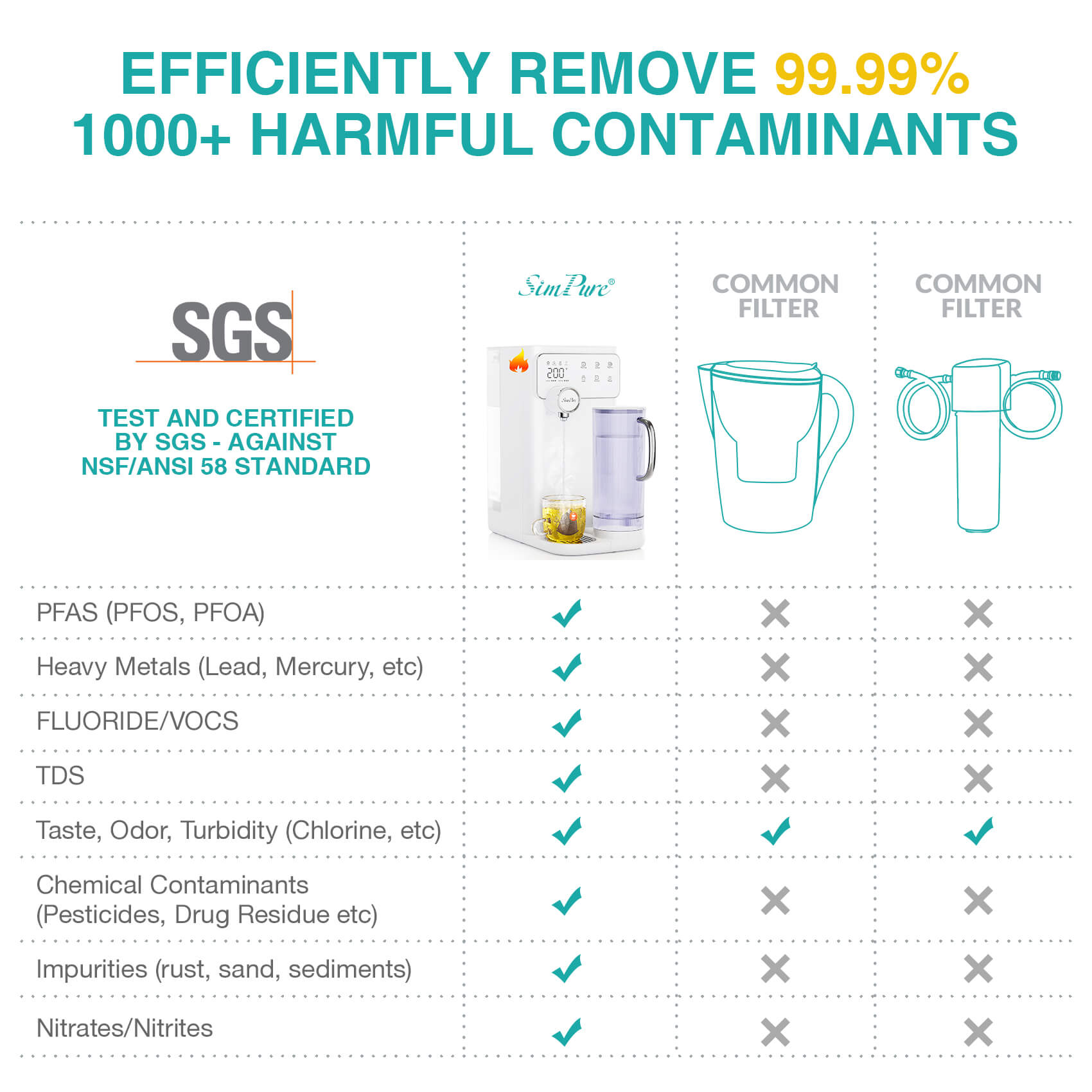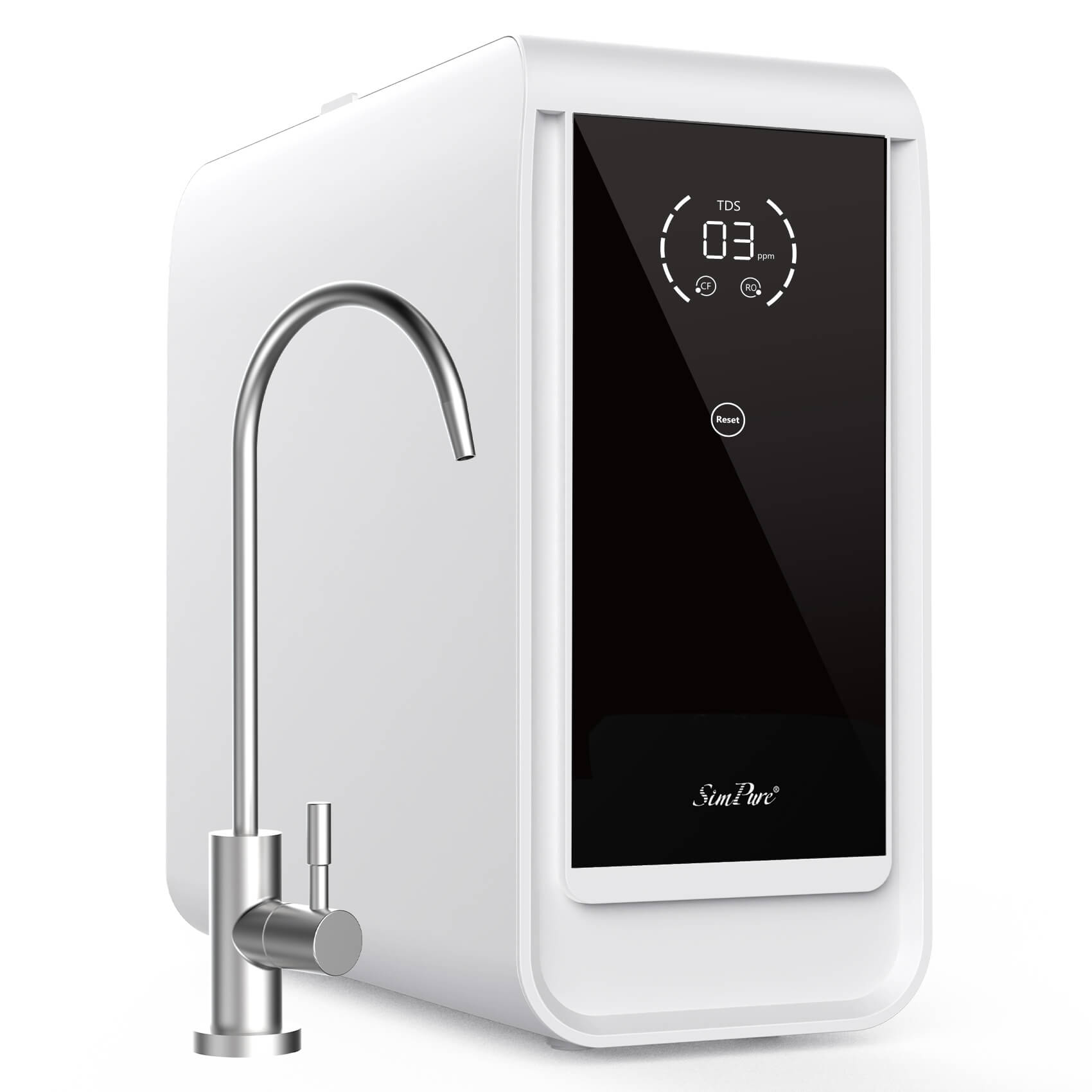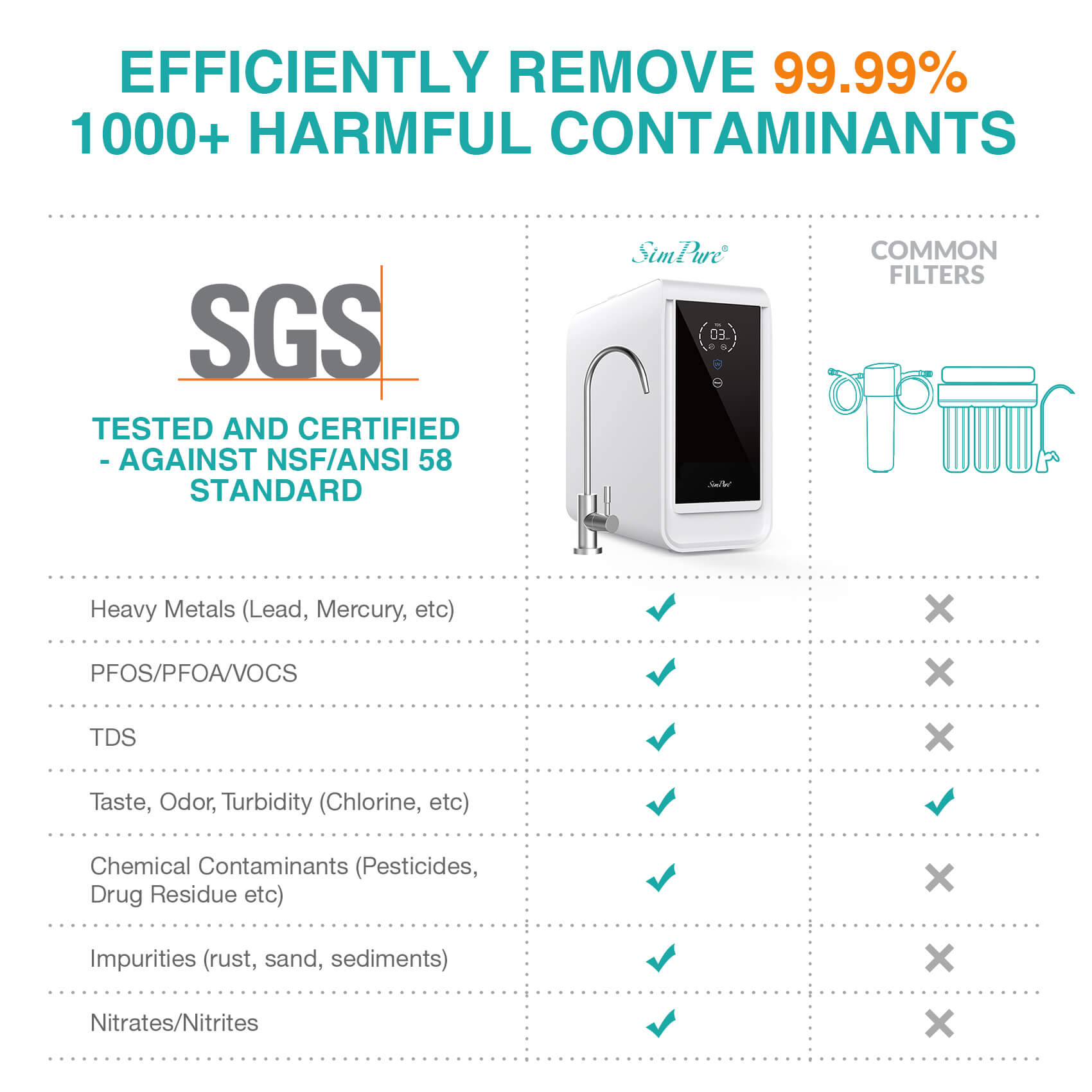Which water filter removes the most contaminants? It's a question that's been bubbling beneath the surface of our modern lives. As we turn on the tap for a drink, we often overlook the array of potential threats lurking in our water – bacteria, heavy metals, chemicals, and more. But fear not, because the solution is clear: water filters. In this comprehensive guide, we will explore different types of water filtration for contaminant removal and how to choose the water filter for your home.
Common Contaminants Found in Tap Water

Tap water, often taken for granted, can harbor an array of contaminants that impact our health and well-being. Understanding these threats is paramount in safeguarding the purity of what flows from our faucets. Here are some of the most prevalent contaminants lurking within our tap water:
Bacteria and Viruses: Microorganisms such as E. coli, Giardia, and Cryptosporidium can cause gastrointestinal illnesses, leading to nausea, vomiting, and diarrhea.
Heavy Metals: Lead, mercury, arsenic, and cadmium are heavy metals that leach into water sources, posing serious health risks over time, from developmental issues in children to organ damage in adults.
Chlorine and Disinfection Byproducts: While chlorine is used to disinfect water, it can react with organic matter to form disinfection byproducts (DBPs) like trihalomethanes, linked to cancer and reproductive issues.
Pesticides and Herbicides: Agricultural runoff introduces pesticides and herbicides, affecting hormone balance and potentially causing neurological problems.
Microplastics: Tiny plastic particles infiltrate water supplies, with potential impacts on human health and aquatic ecosystems.
Volatile Organic Compounds (VOCs): Compounds like benzene and trichloroethylene can originate from industrial activities, leading to respiratory and other health problems.
Different Types of Water Filters for Contaminants Removal
With a clear understanding of the risks posed by common tap water contaminants, let's now explore different types of water filters to decide which solutions excel in removing these harmful substances and ensuring the purity of our hydration.
1. Reverse Osmosis (RO) Filters
Reverse Osmosis (RO) filters stand as stalwart guardians against waterborne contaminants. This advanced filtration process operates on the principle of selective permeability, allowing only water molecules to pass through a semi-permeable membrane, while impurities are left behind. Its efficacy in eliminating an array of contaminants is commendable.
Through RO filtration, heavy metals such as lead, mercury, and cadmium find themselves barred from your water, reducing health hazards linked to their consumption. Moreover, mineral content and pathogens like bacteria and viruses are similarly shown the door, ensuring a safer and purer drinking experience. For the specific details of how RO filters remove these bacteria, check this blog: Does Reverse Osmosis Remove Bacteria?
2. Activated Carbon Filters
Activated carbon filters employ a porous structure to attract and capture contaminants through adsorption. This filtration method proves highly effective in eliminating chlorine, volatile organic compounds (VOCs), and objectionable odors, enhancing the taste and overall quality of drinking water. The activated carbon's large surface area and adsorptive capacity make it an ideal candidate for targeting a spectrum of unwanted substances.
However, it's essential to recognize the boundaries of activated carbon filtration. While adept at addressing chlorine and organic compounds, this filter type may fall short in removing minerals and microorganisms. Additionally, the filter's adsorption capacity is finite, requiring periodic replacement to maintain its efficacy.
3. UV (Ultraviolet) Filters
UV filters stand as a powerful disinfection technique. By emitting short-wavelength UV-C light, these filters disrupt the genetic material of bacteria, viruses, and other pathogens present in water. This inactivates their ability to reproduce and render them harmless, effectively preventing waterborne illnesses.
It's crucial to recognize that UV filters excel in pathogen elimination but do not physically remove particulates or chemicals. This specialization necessitates a supplementary filtration stage to tackle other contaminants. While UV systems are known for their efficacy, they operate optimally when paired with filters that address different impurities. Additionally, these systems rely on a consistent power supply to maintain continuous operation. Therefore, considering backup power solutions is a prudent step to ensure uninterrupted water purification. The judicious integration of UV filtration, alongside complementary methods, enhances the overall effectiveness of water treatment systems.
4. Ion Exchange Filters
Ion exchange filters operate on the principle of replacing unwanted ions with more benign ions in the water. Particularly effective in removing heavy metals like lead and mercury, these filters utilize resin beads that carry positively or negatively charged ions. As water flows through the resin bed, undesirable ions are exchanged for ions of the same charge from the resin, thus reducing the concentration of heavy metals.
However, it's important to note that ion exchange filters might not be universally effective against all types of contaminants. Their efficiency is optimized for specific ions and elements. While they shine in addressing heavy metals, they might not be the go-to solution for removing other types of impurities.
5. Multi-Layer Filtration Systems
Multi-layer filtration systems epitomize water purification through their integration of diverse filtration technologies. These systems boast a holistic approach to contaminant removal, tackling a spectrum of impurities for superior water quality. Notably, the combination of filtration methods ensures a comprehensive elimination of contaminants, ranging from chlorine and heavy metals to microplastics and organic compounds.
One exemplar of this efficacy is the SimPure Q3-600 under sink RO system, showcasing a 7-stage filtration process. Its CF filter effectively addresses large particles, residual chlorine, color, and odor, setting the foundation for subsequent stages. The RO filter excels in removing chemicals like PFAS and pharmaceutical residues, as well as heavy metals such as lead and arsenic; it adeptly handles a wide array of toxins like ethylene glycol and vinyl chloride. In doing so, it ensures not only water's taste and odor improvement but also its safety from harmful contaminants. Their multifaceted approach ensures thorough elimination of a wide range of contaminants for unparalleled water purity.
General Considerations: How to Choose Right Water Filter?
Selecting the perfect water filter is an essential endeavor. Here's a practical guide to aid your decision-making:
Step 1: Assessing Your Water Quality
Conduct simple at-home tests to gauge factors like clarity, taste, and odor. For a more comprehensive analysis, consider professional water testing services to accurately identify potential contaminants and their levels in your water source.
Step 2: Identifying Priority Contaminants
Navigate through local water quality reports and resources to pinpoint the key contaminants prevalent in your region's water supply. Prioritize addressing these impurities as they pose immediate health risks and provide a foundation for tailored water filtration solutions.
Step 3: Matching Filters to Contaminants
Personalize your filtration approach by meticulously selecting filters that align with identified contaminants. Leverage the insights gained from exploring different types of water filters. Tailoring your choice to the specific impurities in your water source ensures optimal removal, achieving comprehensive protection for your well-being.
Step 4: Considering Lifestyle and Budget
Account for lifestyle and budget as pivotal factors. Evaluating filter costs, maintenance demands, and performance expectations. Choose a filtration solution that aligns with your long-term financial plan and caters to your daily routine.
As we conclude this comprehensive analysis, it's evident that multi-layer filtration system is the most effective solution for removing most of the contaminants. From bacteria to heavy metals, these systems provide an all-encompassing shield for your well-being. Just start to explore optimal purity with SimPure Multi-Layer RO Systems. Enjoy thorough contaminant removal with advanced filtration stages. Benefit from pure, safe, and delicious water directly from your tap!




